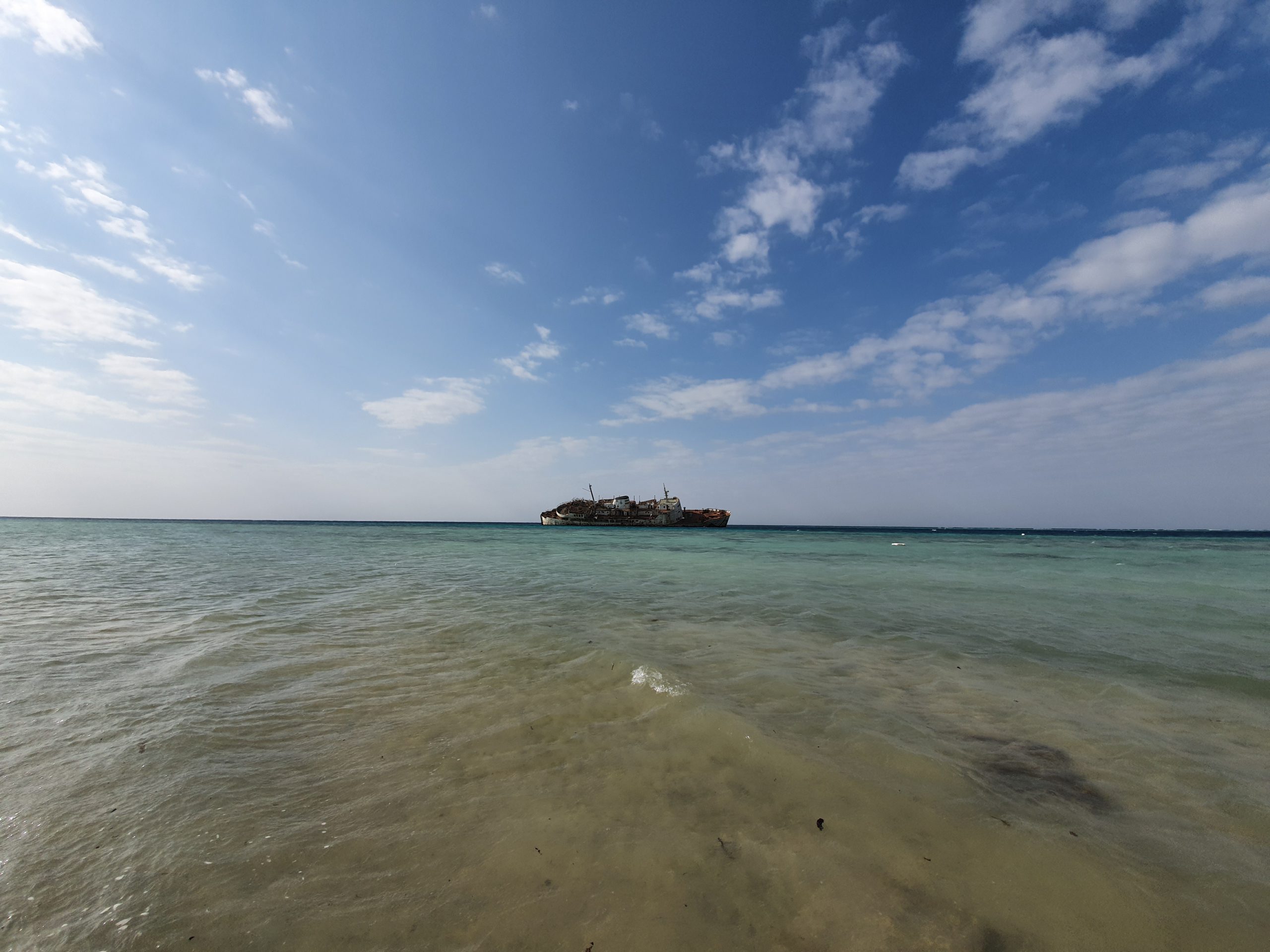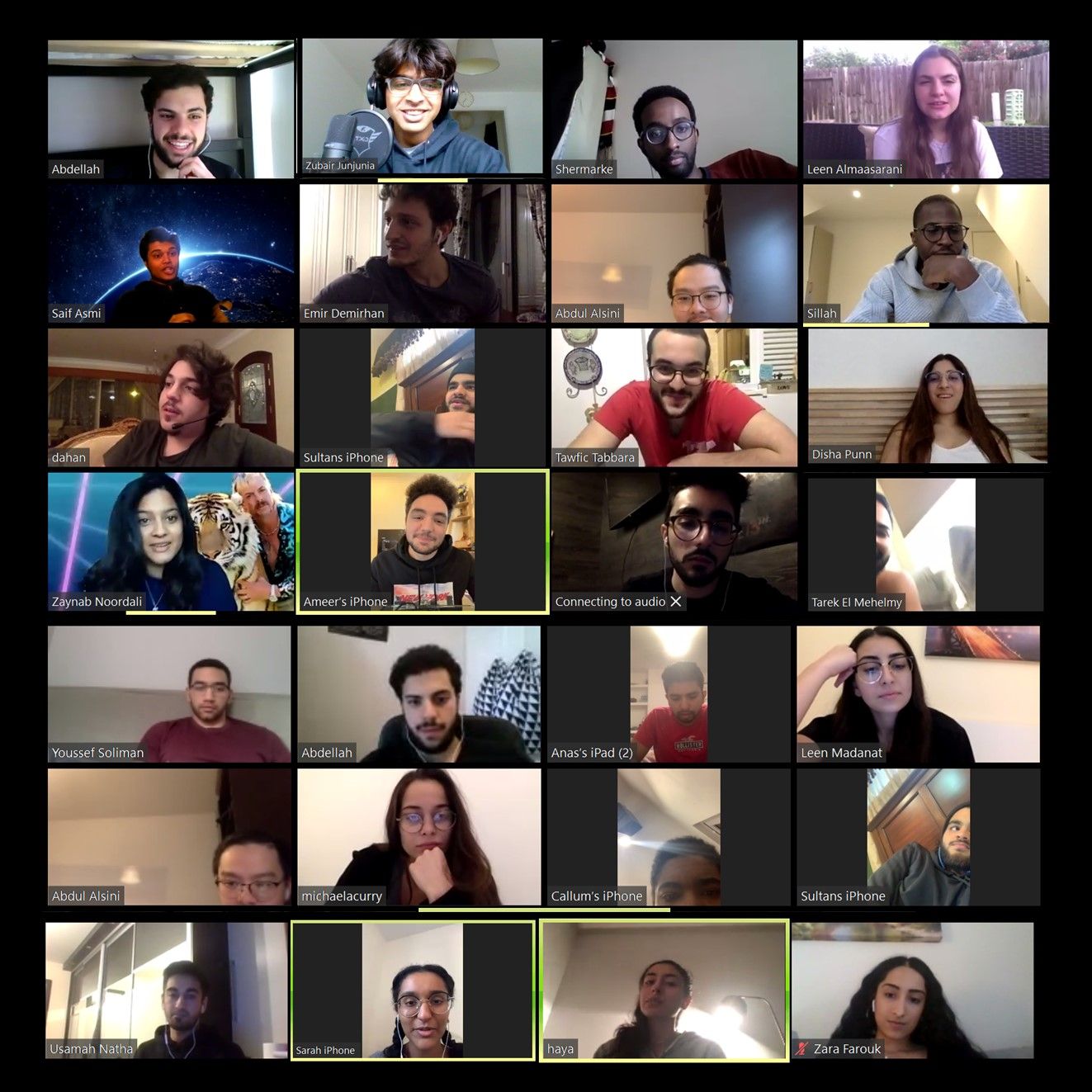Painshill and the Crystal Grotto
Sometimes you just gotta take impulsive decisions and go. After my friend told me about a Crystal Grotto outside London late at night, we just said yep let’s go tomorrow morning. No planning, no research…
Taking a train to Vauxhall, we were going to a place called Cobham & Stoke D’Abernon (even the station’s name sounds foreign). We got there and the place we were headed, Painshill, was a bus ride away from the station. But the way we take buses for granted in London doesn’t exactly work in small English towns. After waiting 10mins for the scheduled bus to come, we decided to just head down and walk the 50mins journey. Under the midday sun, off we went, walking through the cute little village of Cobham on the River Mole.


A little bit of history: Panshill is a landscape park designed and created by a guy called Charles Hamilton from the 18th century. The youngest son of the Earl of Abercorn, he went on the Grand Tour in the 1700s and inspired by the European architecture and design, he wanted to bring it back to England. Now, he was too far down the line to actually inherit land from his father so ended up borrowing money from friends and family to buy over 200 acres of land to create this garden.


He then spent more money to landscape it, build bridges, pump a lake and most impressively, build a crystal grotto. He commissioned this artificial cave and each of its stalactite and stalagmite were create by hand with limestone and decorated with crystals.



He also had other buildings like the ruins of an abbey and even a hermitage, where he spent a while “being a hermit”. Guests of the garden would be taken on a walk along a special path which featured these buildings and the plants and trees he had got from all over the world.

Unfortunately Charles’ story doesn’t end well.. he ended up going bankrupt and had to sell the lands. The garden fell into extreme disrepair and only recently, things have been reconstructed so that we can once again go on the walk that the upper class of the 18th century once experienced.


